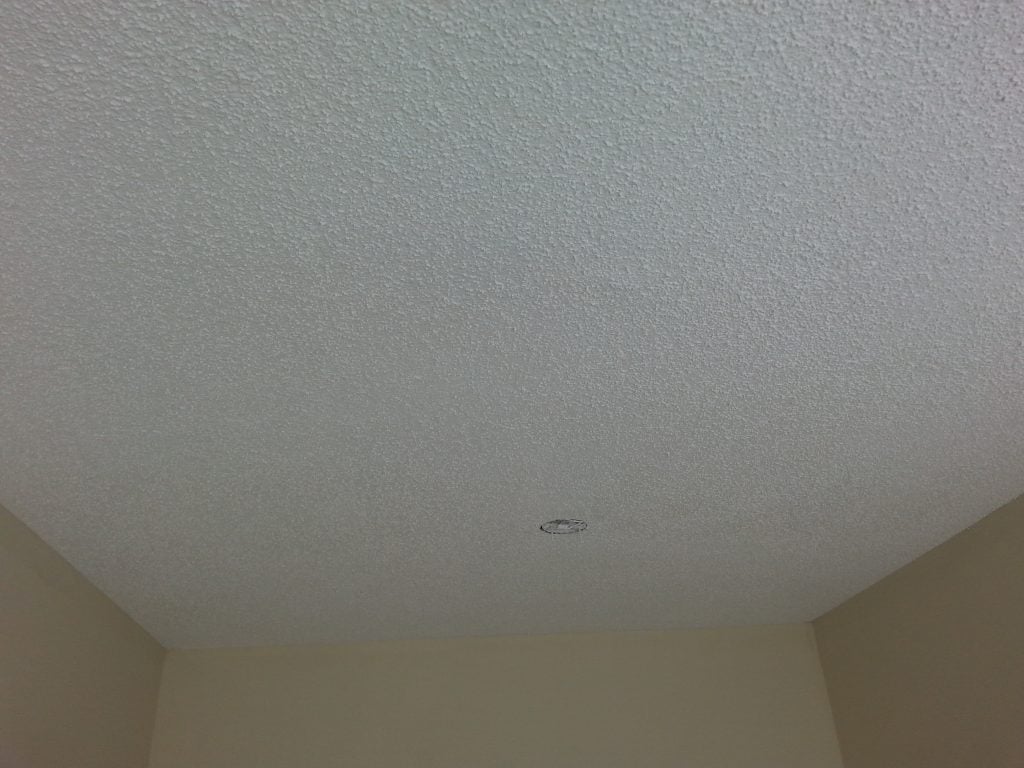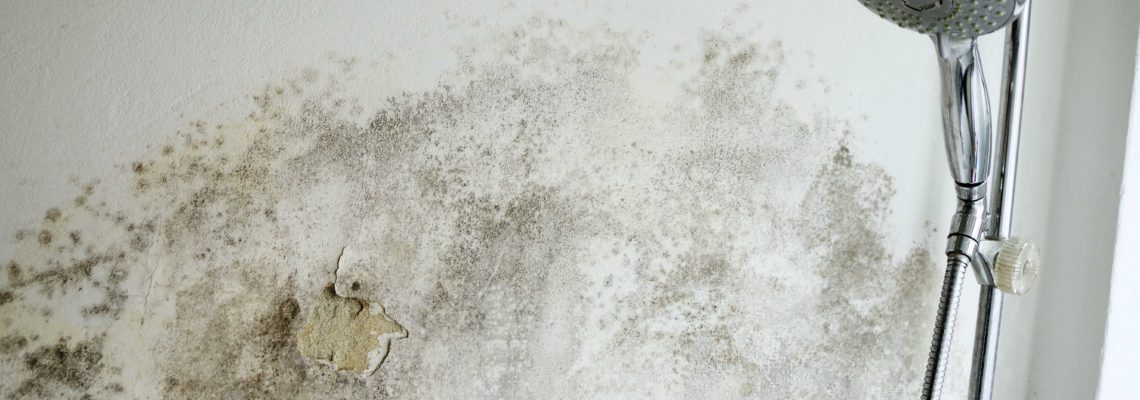Techniques to Identify and Repair Stains from Water on Wall Surfaces
Techniques to Identify and Repair Stains from Water on Wall Surfaces
Blog Article
The article author is making several good points about Water Stains on Walls in general in this great article down the page.

Water spots on walls are not enjoyable to the eyes. Often it appears practically inescapable to experience water discolorations on wall surfaces in homes.
House owners residing in moist areas constantly handle the anxiety of water discolorations on walls. That does not have to be the instance for you. With well-shaped and also precise details on the causes of water stains as well as timely repair work procedures, you will always be an action ahead of such events. So, this article assures to be a handy overview for you.
3 Typical Sources Of Water Discolorations on Walls
As opposed to common belief, water discolorations on wall surfaces do not always originate from poor building materials. There are numerous reasons for water discolorations on walls. These include:
Damp
When hot wet air meets with completely dry cold air, it creates water beads to form on the wall surfaces of buildings. When there is vapor from cooking or showers, this takes place in kitchen areas and also shower rooms. The water beads can discolor the bordering walls in these parts of your home and also spread to various other areas.
Wet or condensation affects the roof covering and wall surfaces of buildings. When the wall is wet, it produces a suitable atmosphere for the growth of germs and fungi.
Poor Water drainage
When making a structure strategy, it is critical to guarantee adequate water drainage. This will certainly prevent water from permeating into the wall surfaces. Where the drainage system is blocked or missing, below ground wetness develops. This web links to extreme dampness that you observe on the walls of your structure.
The leading cause of damp wall surfaces, in this situation, can be an inadequate drain system. It can additionally result from inadequate monitoring of sewage pipes that go through the building.
Pipe Leaks
Many houses have a network of water pipelines within the wall surfaces. It constantly boosts the feasibility of such pipes, as there is little oxygen within the wall surfaces.
A drawback to this is that water leakage influences the wall surfaces of the building as well as causes prevalent damages. An indicator of defective pipes is the look of a water stain on the wall surface.
Pro Idea
A houseplant in your house likewise increases its moisture. So, if your home is already damp, you may intend to present houseplants with minimal transpiration. An instance of appropriate houseplants is succulents.
Water Stains on Wall Surface: Repair Work Tips
When dealing with water spots, property owners would generally desire a quick solution. Yet, they would soon recognize this is counterproductive as the water discolorations recur. Right here are a couple of useful pointers that will assist you in the fixing of water stains on walls:
Conclusion
Although nobody wishes to have water discolorations on walls in their residence, it can take place to the best of us. This article gives you leverage, as you now know exactly how to handle this incident if it does take place.
It is constantly best to hire expert solutions to assist take care of the problems in your house.
Occasionally it seems nearly inescapable to experience water spots on walls in houses.
Contrary to prominent belief, water spots on walls do not always stem from inadequate structure materials. There are several reasons of water discolorations on walls. The water beads can tarnish the bordering wall surfaces in these components of your house and spread to other locations.
Below are a couple of practical ideas that will lead you in the fixing of water discolorations on walls:
CHECKING FOR WATER DAMAGE
Water damage can be costly, and it may begin before you even notice the first signs of trouble. Water damage can cause mold and mildew in your walls and floors, which can create an abundance of health concerns for your family. It can also lead to costly repairs of various appliances and general home fixtures. To avoid the pricey consequences of water damage, here are Warner Service’s top 5 places you should check:
The walls – The easiest place to spot the beginnings of water damage is on the walls and ceilings of your home. If water damage is present, there will most likely be water stains, especially around the windows and doorframes, and/or cracks in the drywall. If a stain looks unusual (discolored to brown, black or gray, raised texture), has a swollen appearance or is soft to the touch, contact a professional immediately. The pipes – To avoid water damage, consistently check the pipes in your kitchen (especially the dishwasher and ice maker), bathrooms, laundry room (specifically washing machines) and basement for corrosion, leaks and water stains. Pay special attention to where the pipes connect in your home and the location of caulking around the bathroom fixtures, including toilets, sinks, showers and tubs. Missing or loose caulking and grout could be signs of leaking water. This seepage can also quickly cause mold and rust, so double check your water heater and tank for wet spots on the floor. The floor – Water damage is very easy to spot on the floor. Look for any warping or buckling of the material, especially in the basement. If your home has wood flooring, look for bright white or dark stains. If your home has carpeting, keep it dry and clean. A damp carpet that smells of mold could cause water damage and health problems. To avoid this, consider installing floor pans under your appliances to help prevent damages from small, slow and undetected leaks. The basement and attic – If your basement or attic smells odd check for mold and mildew around the area, especially the valley where the roof meets. While you are inspecting those areas, check for wall cracks, floor stains, rust and dampness in the insulation. If you live in a colder and/or rainier climate, perform routine checks for water damage from melting snow or ice and rain. The exterior – Check the roof for damaged flashing and missing, cracked or curled shingles. There should also be no standing water anywhere outside your home. This could be caused by puddles, leaky rain gutters or hoses, poor drainage, or short gutter spouts. Invest in a sump pump system or water flow monitoring system, and perform routine maintenance on these outdoor appliances to avoid indoor water damage.

I recently found that write up on How to Remove Water Stains from Walls and Ceilings while exploring the search engines. In case you enjoyed our page if you please don't forget to share it. Thanks for going through it.
Expert diagnostics offered. Report this page